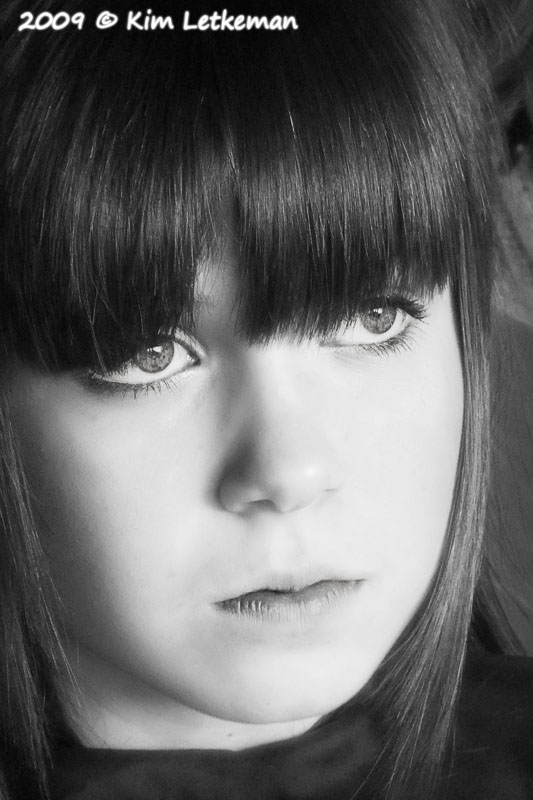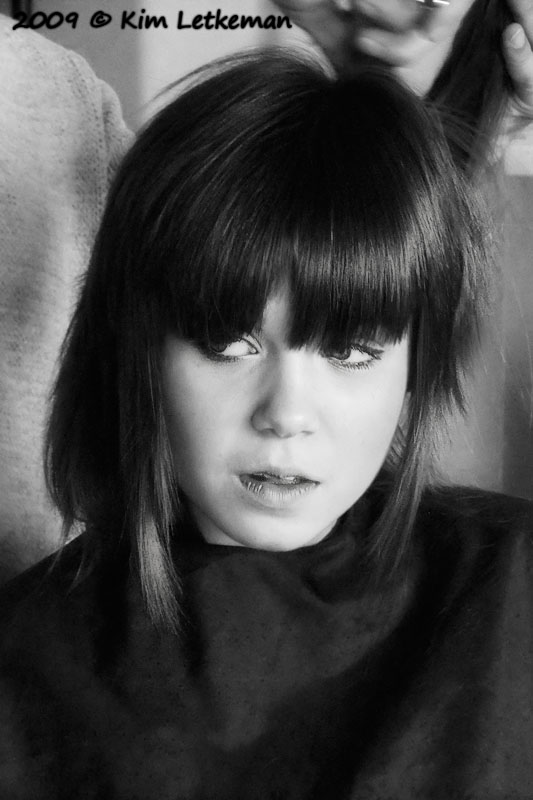I always post my examples at 100% pixel for pixel so you can see what I am talking about. It is the only way to assess whether there are a lot of artifacts, chroma noise, grain, edge destruction and so on.
Of course, to keep the images at a reasonable downloadable size and easily comparable, I usually juxtapose many large crops from these images into one much larger image and then post that.
That way, you can see how two camera’s compare, for example. This technique is especially useful with an ISO Ladder, which is a set of images shot at ISOs from 100 through 3200 or higher. Normally, we stop very low with compact small sensor cameras, because they really don’t do well above about 800 ISO. Some brands suck above 200 ISO.
But not the new CMOS-EXR based cameras … they retain pretty decent details up to 800 and beyond. I love the images I got at 1600 at the concert. And the 3200 images were surprisingly clean at my normal display sizes, even though I cropped them.
But some of my crops are so large now that you must click through and then expand by clicking again to get them expanded to their full size. Then, you are able to browse about the images and compare between cameras and modes. Part 39 contains crops that are slices of whole images, where I concentrated the subject into 1/3 of the image and then took the whole subject.
Simple, right?
Not for everyone.The fellow I mentioned at the end of Part 39 is on a bit of a crusade on the Fuji forum, saying that these cameras are terrible and basing it all on rather poorly shot images. And now he has started yet another crusade to get people to believe that they cannot develop the skills to do better …
Here is his reasoning …
Why am I showing it?
A lot of people look at reviews on blogs that shows insy winsy images and people think that when they shoot the their camera at these silly ISO's in the real world their pictures are going to look great.
Well they won't... Out in the real world I wouldn't shoot my F550 or S100FS above ISO400 and that's pushing it. When I had my D90 I wouldn't go over ISO800 yet when you look at these tiny pictures they look OK.
Don't be fooled by this, these tiny pinhead sensors are at a push good for ISO400 out in the real world. If you are only going to print at 6x4 then by all means shoot away at ISO6400 it's not that bad at these sizes.
If you are going to buy a camera based on someone's images make sure you see them at 100% these blog sized images don't tell the truth.
That last statement bears dealing with. His unwillingness to look at the full sized (100%) crops that I present in almost every review appears to be profound. To start a whole crusade based on a falsehood is actually pretty sad.
Further, this is also what happens when people get confused about how other people use their images, and when they have few skills to process what they shoot or get decent exposures.
So … the bottom line … if you want to shoot at higher ISOs, you must:
- understand the light you are shooting in and expose for it, or decline to shoot in really poor light
- get the best possible exposure
- bracket your exposures and throw away the bad ones
- (usually) process what you shoot to save the highlights and open the shadows
- (often, but not always) perform some after the fact noise processing
- process correctly for output (includes proper output sharpening)
If you are not interested in developing your skills behind the camera and in front of the computer then you will remain basically a mom and pop point and shooter. And, while that’s not a bad thing, it hardly qualifies one to make stentorian proclamations on the internet …
Learn your camera and know what you want to do with it. I often comment on what will or won’t work at larger sizes. Read closely to follow what I am saying. If you are someone who uses images at Facebook sizes or in small print (up to 8x10) then what you see on this blog is generally accurate as your own personal starting point. If you want to print high ISO images from small cameras in a larger format, then you will need some serious skills.
Here are two examples from the F70EXR. Shot at 1600 ISO. Some of these were printed at 5x7 and 8x10 and looked great.
So don’t be mislead by ranting about ISOs … you get out of these cameras what you put into them …
One final word: Many people like to fondly remember “the old days” … some are especially fond of recalling the great times they had with the F200EXR and how everything since has been horrid. Yet my large number of side by side images don’t bear that out in this blog. The F550EXR is as good in almost all light and in RAW it is better. People often say such things yet they do not do the work to prove it.


No comments:
Post a Comment